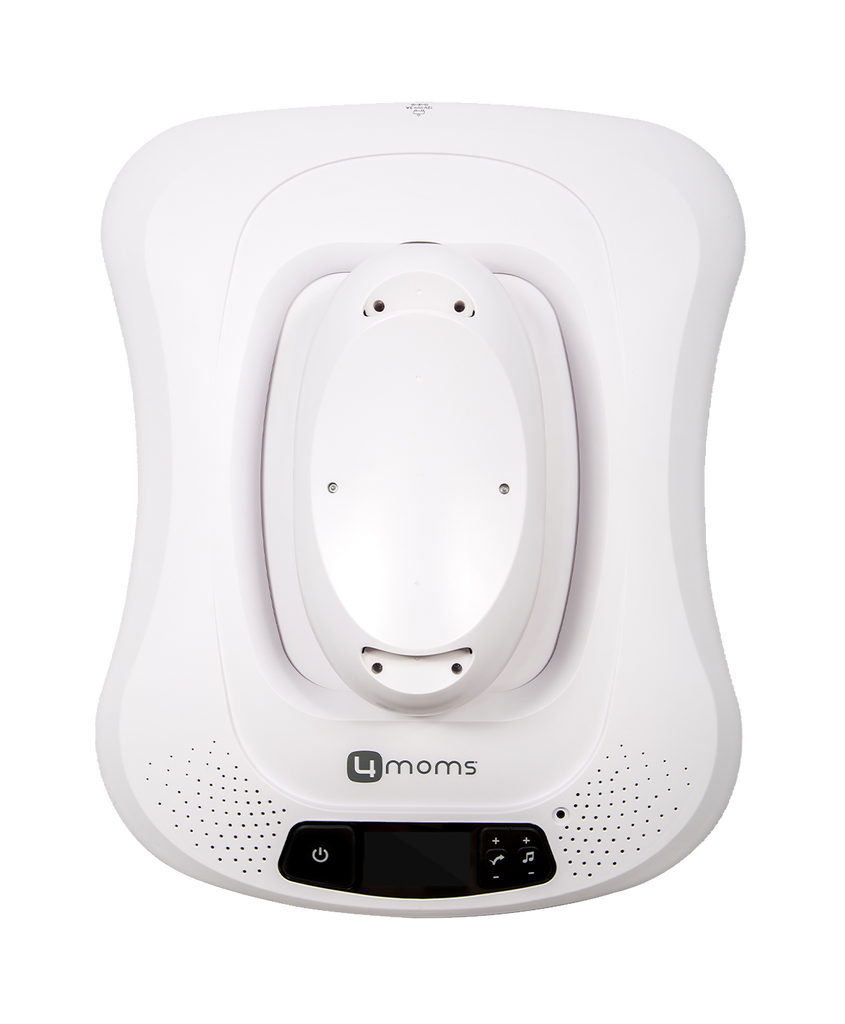Hi there,
I'm not sure what is allowed here or what details should be posted but my sister gave me her 4Moms MammaRoo 4.0 baby cradle to look at as it's stopped working.
After a bit of investigation I've narrowed it down to a little sensor that monitors a wheel rotated by a small motor. The wheel is black with white segments painted onto it. This sensor must monitor these white segments and if the wheel stops turning it then cuts power to the motor.
From a bit of research this sensor appears to give a lot of problems and so many reports of ways to fix etc. Ideally I'd like to just bypass the sensor, I don't see the point.
I'm wondering if the 4 wires might even be able to be joined to just allow the motor to keep running.
If it can't be bypassed then I'm wondering if they can be purchased anywhere?
I've attached the photos of the sensor. Any help would be greatly appreciated.
Thanks,
Mac
I'm not sure what is allowed here or what details should be posted but my sister gave me her 4Moms MammaRoo 4.0 baby cradle to look at as it's stopped working.
After a bit of investigation I've narrowed it down to a little sensor that monitors a wheel rotated by a small motor. The wheel is black with white segments painted onto it. This sensor must monitor these white segments and if the wheel stops turning it then cuts power to the motor.
From a bit of research this sensor appears to give a lot of problems and so many reports of ways to fix etc. Ideally I'd like to just bypass the sensor, I don't see the point.
I'm wondering if the 4 wires might even be able to be joined to just allow the motor to keep running.
If it can't be bypassed then I'm wondering if they can be purchased anywhere?
I've attached the photos of the sensor. Any help would be greatly appreciated.
Thanks,
Mac
Attachments
Last edited:










